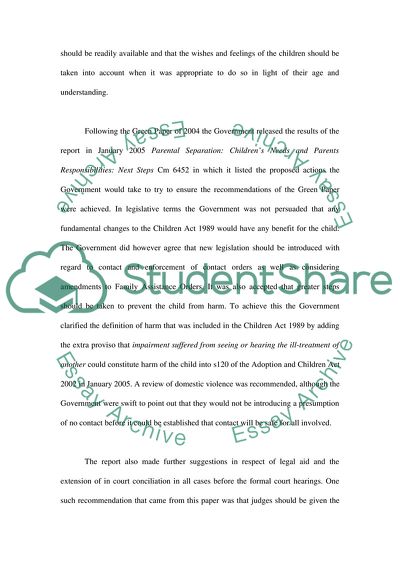Cite this document
(Childrens Needs and Parents Responsibilities Book Report/Review, n.d.)
Childrens Needs and Parents Responsibilities Book Report/Review. Retrieved from https://studentshare.org/social-science/1706489-family-law
Childrens Needs and Parents Responsibilities Book Report/Review. Retrieved from https://studentshare.org/social-science/1706489-family-law
(Childrens Needs and Parents Responsibilities Book Report/Review)
Childrens Needs and Parents Responsibilities Book Report/Review. https://studentshare.org/social-science/1706489-family-law.
Childrens Needs and Parents Responsibilities Book Report/Review. https://studentshare.org/social-science/1706489-family-law.
“Childrens Needs and Parents Responsibilities Book Report/Review”, n.d. https://studentshare.org/social-science/1706489-family-law.


